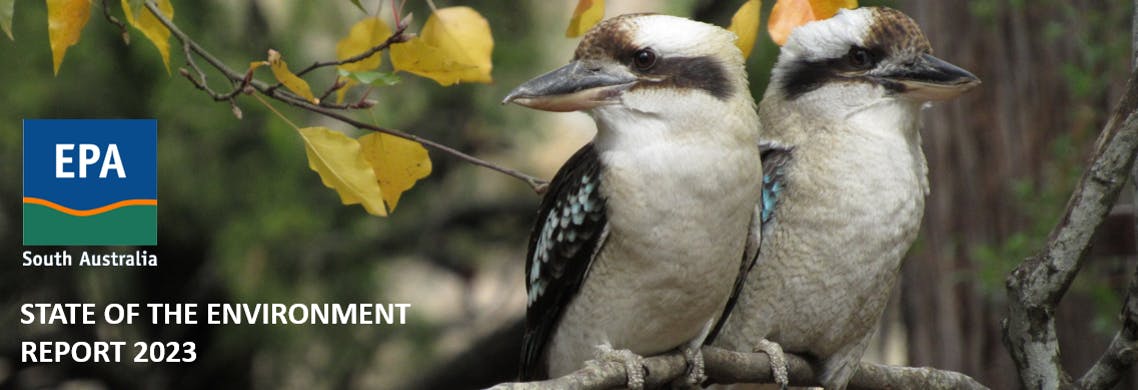Whyalla Veterinary Clinic switches to Electric Vehicles.
It has become obvious over the last few years that internal combustion engine vehicles (ICE cars) that run on petrol and diesel are rapidly becoming obsolete and a new cleaner, more efficient technology is emerging, the Electric Vehicle or EV.
Economics:
Cost is a major driving force for change and with the rising cost of fossil fuels (Diesel or Petrol), this leaves us in a precarious position with our ability in Australia to transport people and goods. Currently 90% of Australia’s fuel comes from overseas and the war in Ukraine and cutbacks in Middle East production have shown us that whilst they do not affect us directly, the flow on effects in the fuel supply chain do, resulting in higher prices.
We can break out of this cycle. Australia has the potential to produce enough solar energy to power all our energy needs, and we have the raw materials to build the batteries to store it, to that we can end our reliance of fossil fuels and the high costs associated with them. All that is lacking is the planning and political will.
ICE cars also require far more maintenance than EV’s, so their service costs are much higher and with many times more moving parts, the life span of an ICE car is a lot less than an EV. In addition, ICE vehicles are about to become stranded assets, where they will be prematurely written off with a substantial financial loss to the owners.
It makes sense to reduce our transport costs now and change our vehicles to EV’s
Pollution and pets
ICE cars use a lot of toxic chemicals that can be detrimental to our pets. Petroleum can cause skin irritation and poisoning if ingested. Radiator fluid containing ethylene glycol is attractive to dogs and if ingested causes kidney failure.
ICE vehicle exhaust gas emissions contain a cocktail of toxins that are poisonous to our pets and the environment we live in
- Carbon dioxide (CO2) is a potent greenhouse gas leading to climate change.
- Nitrogen oxides (NO2) is released from burning fuels and contributes to smog.
- Carbon Monoxide (CO) is highly toxic to animals.
- Sulfur dioxide (SO2) forms corrosive acids.
- Hydrocarbon’s (HC) from fuel.
- Benzene(C6H6) from unburnt fuel causes cancer.
- Particulates: Soot from exhaust damages lungs.
Even worse for Australia, the lack of emissions standards will lead to automotive manufacturers dumping polluting vehicles in Australia, that they can’t sell in other countries because of their higher emissions standards.
The time is right to protect our patients and our environment by switching to zero emission electric vehicles. It has been an interesting journey away from our traditional vehicle suppliers, Toyota, and Honda, who no longer make products relevant to our transport needs to the new electric vehicle manufacturers, Tesla and BYD.

Consultation has concluded. Thanks for your contributions.


